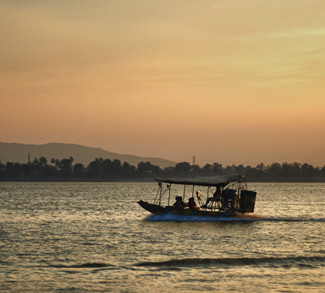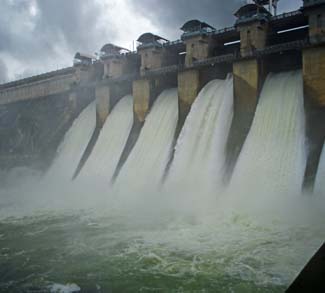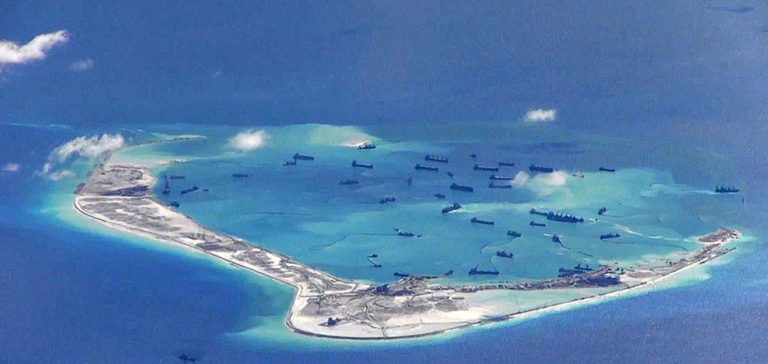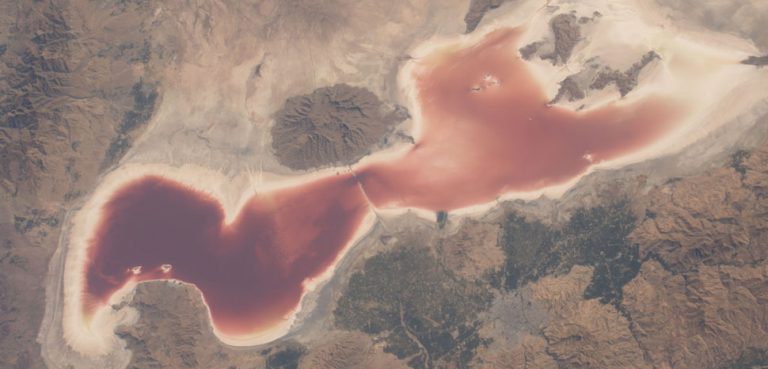Summary
The iconic Mekong River stretches 2,700 miles from China’s Tibetan Plateau to Vietnam’s Mekong Delta. Along the way it snakes through Myanmar, Thailand, Laos, and Cambodia, and for many of these countries the river is an economic lifeline, irrigating crops, replenishing fish stocks, and providing an abundance of fresh drinking water, local trade channels, and hydroelectricity generation.
Though the Mekong River has a formative role in the national mythos of many of these Southeast Asian countries, helping to nurture and sustain civilization there for millennia, recent history has been underscoring the finite nature of its bounty. More specifically, these past few years have seen reduced flow in downstream states and a creeping salinization moving inward from the Mekong Delta. What’s to blame? It depends who you ask, but many point to some combination of climate change and the growing number of dams in upstream countries like China, Thailand, Laos, and elsewhere.
A drying Mekong increases the risk of various negative economic and humanitarian effects: reduced agricultural output, drinking water shortages, and electricity shortfalls to name a few. It also represents a water conflict with wider geopolitical implications since China can influence the hydrological fate of downstream states by adjusting the fill levels of dams in its own territory. Thus, Mekong water politics could enter into the diplomatic equation on other, unrelated regional issues such as China’s aggressive posturing in the South China Sea dispute.




